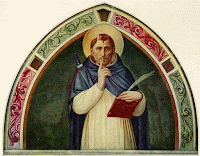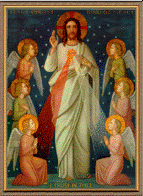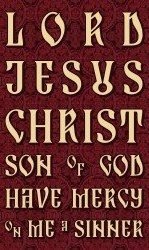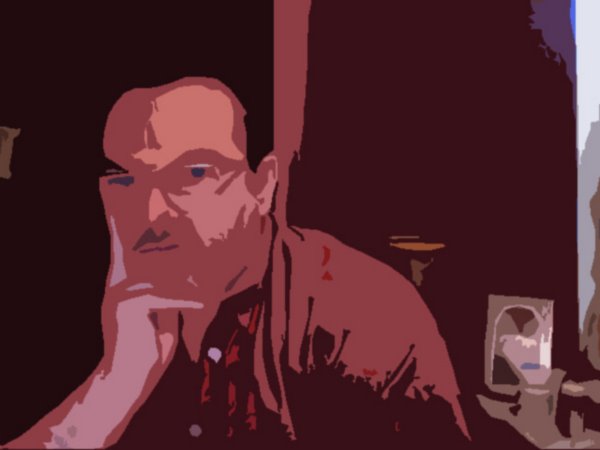from The Mystery of Sacrifice
Evelyn Underhill writes:
The Liturgy leads us out towards Eternity, by way of the acts in which men express their need of God and relation to God. It commits every worshipper to the adventure of holiness, and has no meaning apart from this. In it the Church shows forth again and again her great objective; the hallowing of the whole created order and the restoration of all things in Christ.
The Liturgy recapitulates all the essentials in this life of sanctification — to repent, to pray, to listen, to learn; and then to offer upon the altar of God, to intercede, to be transformed to the purposes of God, to be fed and maintained by the very life of God. And though it is the voice of the Church, none the less in it is to be recognised the voice of each separate soul, and the care of the Praying Church for each separate soul “Holy things for the Holy!” cries the celebrant in the earliest liturgies, as he lifts up the consecrated gifts. Not “Good Things for the Good”; but supernatural things for those imperfect creatures, who have been baptised into the Supernatural, translated to another order—those looking towards God the Perfect and beginning to conceive of life as a response to God the Perfect; but unable without the “rich bread of Christ” to actualise the state to which they are called.
I will go up to the Altar of God;
Of God, who giveth joy to my youth!
Of God, who giveth joy to my youth!
The spirit of adventure, courage, vitality, zest are among the qualities of the good communicant. He is there because he has accepted his mysterious vocation; is prepared to embrace his great opportunity, respond to the awful invitation of God, whatever it may involve for him, with reverence, courage and delight.
“Blessed be the Kingdom of the Father, the Son and the Holy Spirit!” exclaims the Orthodox priest at the beginning of the rite. It is to this Kingdom and its interests that the worshipper looks. Each of these specks of consciousness is pressed from within, drawn from without, to the altar at which it is offered for the purposes of Love.
 |
| Evelyn Underhill |
As the life of Jesus proceeds at many levels, from that of perfect man to that of perfect God— “Ye are my brethren: I and the Father are one” —so does the life of the Liturgy proceed at many levels, whilst yet indivisibly one. And as souls at different stages of their growth enter more and more deeply into the significance of the Gospel, and learn to recognize the power and primacy of the Supernatural in and through the earthly acts and words of Christ; so with the Liturgy. Here too, the visible acts and symbols of the expressed religion—the offering, blessing and sharing of the Bread and Wine— stand in close relation to the necessities and simplicities of our Common Life; but they point beyond themselves and are increasingly realized as holy and significant, for they rest upon and manifest the deep union of the Church with God.
Since the movement of the Eucharist is thus the movement of the Church’s life, and represents under symbols the very movement and meaning of all life, the individual soul can move with freedom within its majestic rhythms and figures. Its ritual actions provide, as it were, an impersonal frame in which the most secret responses of the spirit to God can find shelter and support. So, without ever losing though with the homely accidents of our physical existence —and indeed by acts and tokens deliberately drawn from that physical existence— the soul is led into the very recesses of the Godhead, and “by love made visible is snatched up to the Invisible Love.”
from The Mystery of Sacrifice
by Evelyn Underhill
+
















